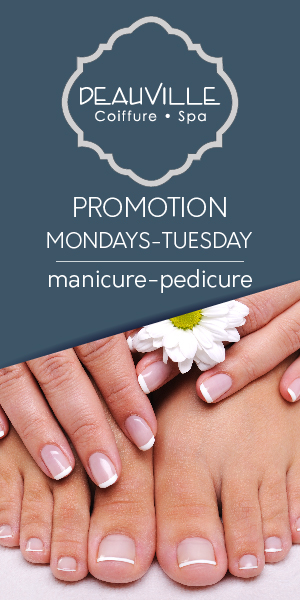
There are two general categories of products in the marketplace: consumer products and industrial goods. Consumer products are items made for private use and sold to consumers, while industrial goods are purchased by organizations for their operations and benefit. In other words, both categories of products are created from the same basic components. Listed below are the two main categories of consumer products. Let’s look at each one in turn. This article will briefly discuss each category and what makes them unique.
A product is anything that can satisfy a consumer’s needs or wants. This can be a tangible object, a person, an idea, an activity, or even an organisation. Consumers use some or all of these characteristics to evaluate products and select the most suitable option. However, these characteristics aren’t equal – the importance of each differs in each case. The following are some examples of tangible attributes for consumer goods. You can see how these characteristics can make or break a product.
The core benefit is what consumers feel when they purchase a product. There may be different core benefits for different consumers, which is why the product has a target market that has different needs. Before creating a product, you must first determine the target market that it is meant to serve. A tangible product may be more appealing to consumers than an augmented or promised one, so it’s important to understand what each entails. This will make it easier for you to target the right market for your product.
The benefits and costs associated with a product should be considered when considering the cost-benefit ratio. This will help you determine which marketing mix components work well together. A product must be able to satisfy the needs and wants of the market. In the case of a consumer, this means the item has a high perceived value. The product also needs to satisfy the needs of the consumer and should be made in accordance with those needs. When creating a consumer product, you need to consider the benefits that it provides.
Consumer products are made for the ultimate consumer. They are intended to be used in daily life, and should be satisfying the desires and needs of the user. Then there are products that are convenient to use and purchased frequently. Examples of consumer products include soap, biscuits, toiletries, newspapers, and cosmetics. All of these products are purchased for a variety of reasons. These products have low prices and are easy to obtain. You can imagine a bundle of products containing one or more of these items.
Consumer products are produced for retail customers and are meant to fulfill practical and emotional needs. They are generally classified based on the intended use and the needs of the customer. The product is in the Decline stage when it is no longer being advertised or promoted. It’s time to retire the product. But if you’ve remained dedicated to the product for a long time, you’ll be happy you took the risk. In order to make a successful product, you’ll need to understand the lifecycle of the product.



